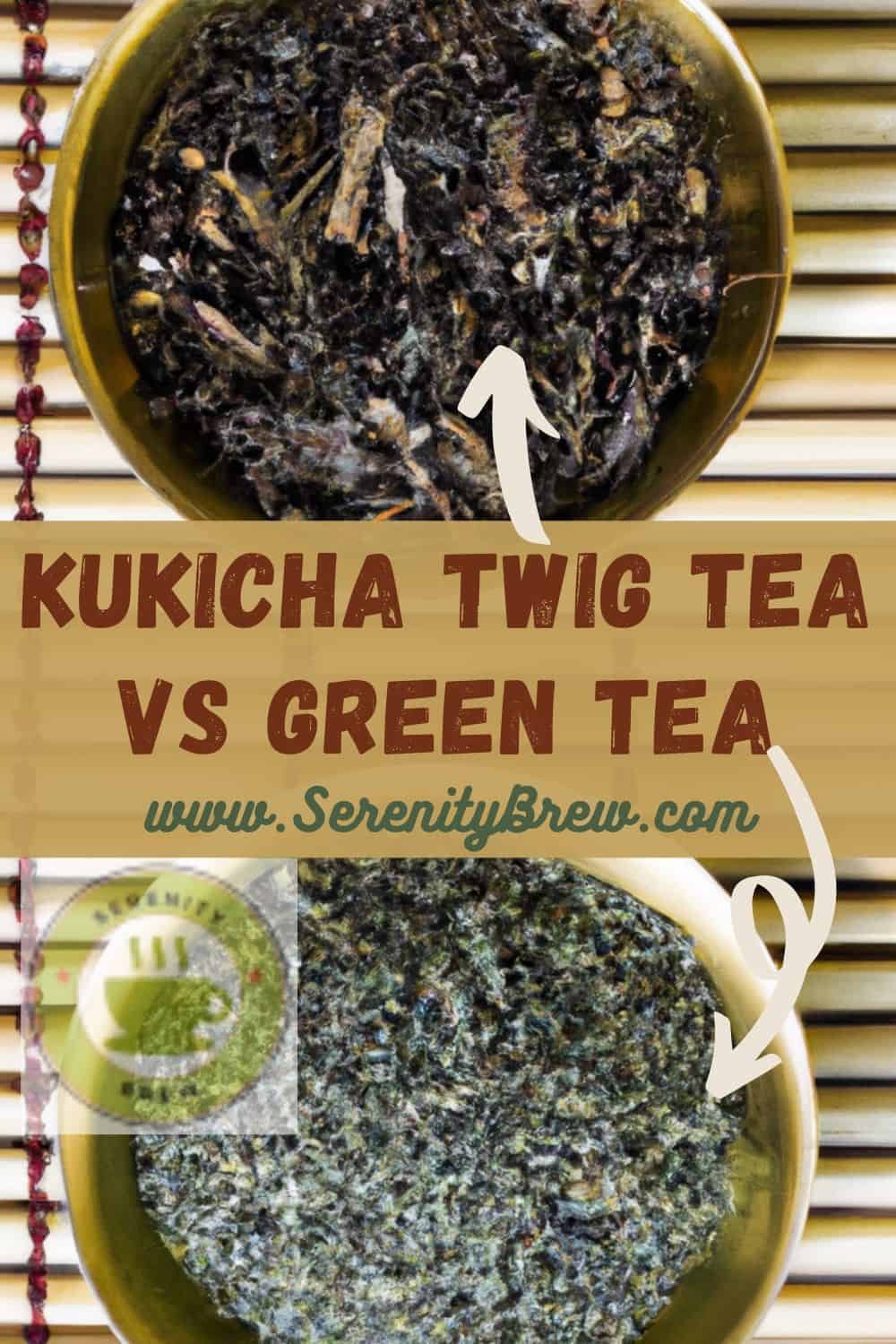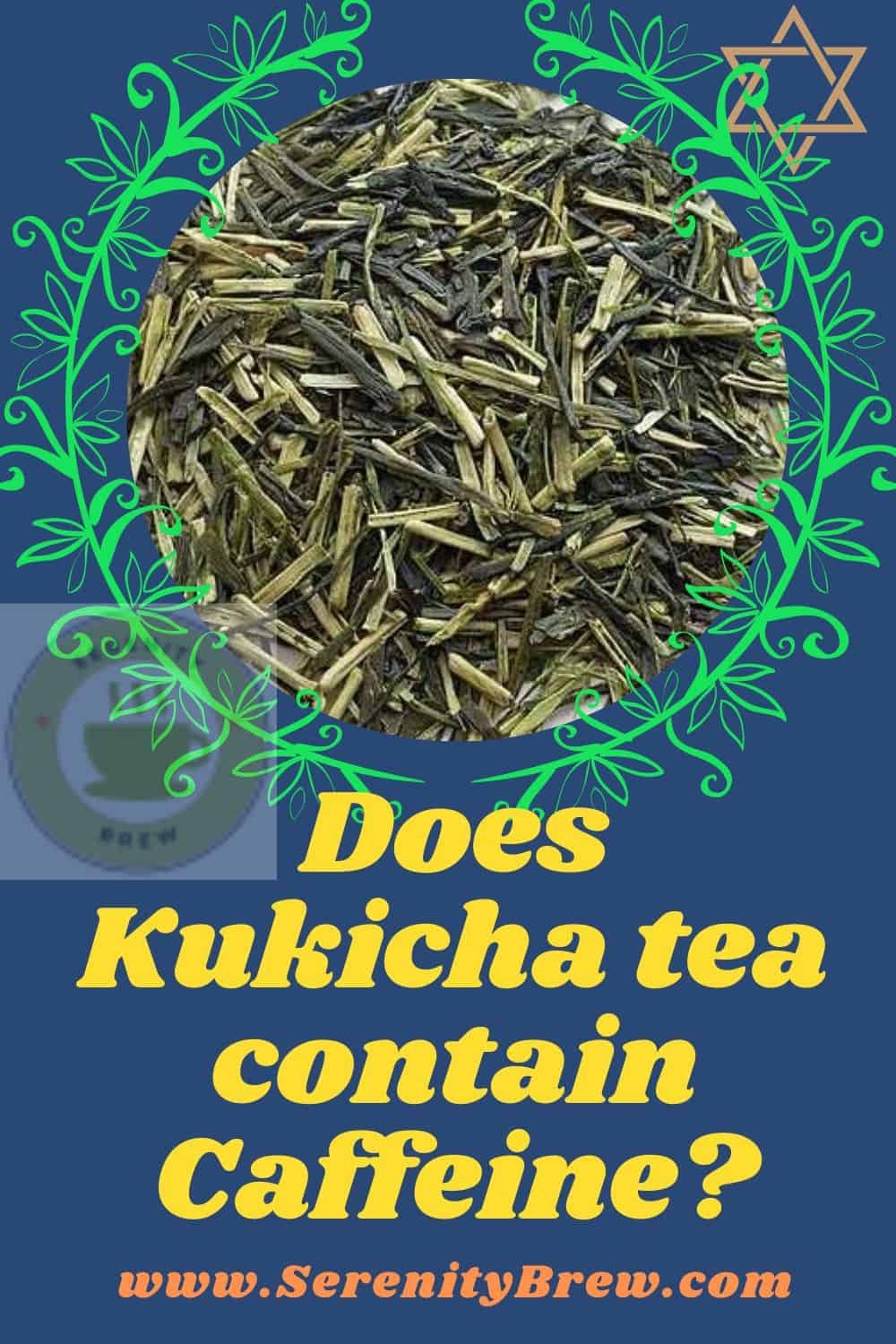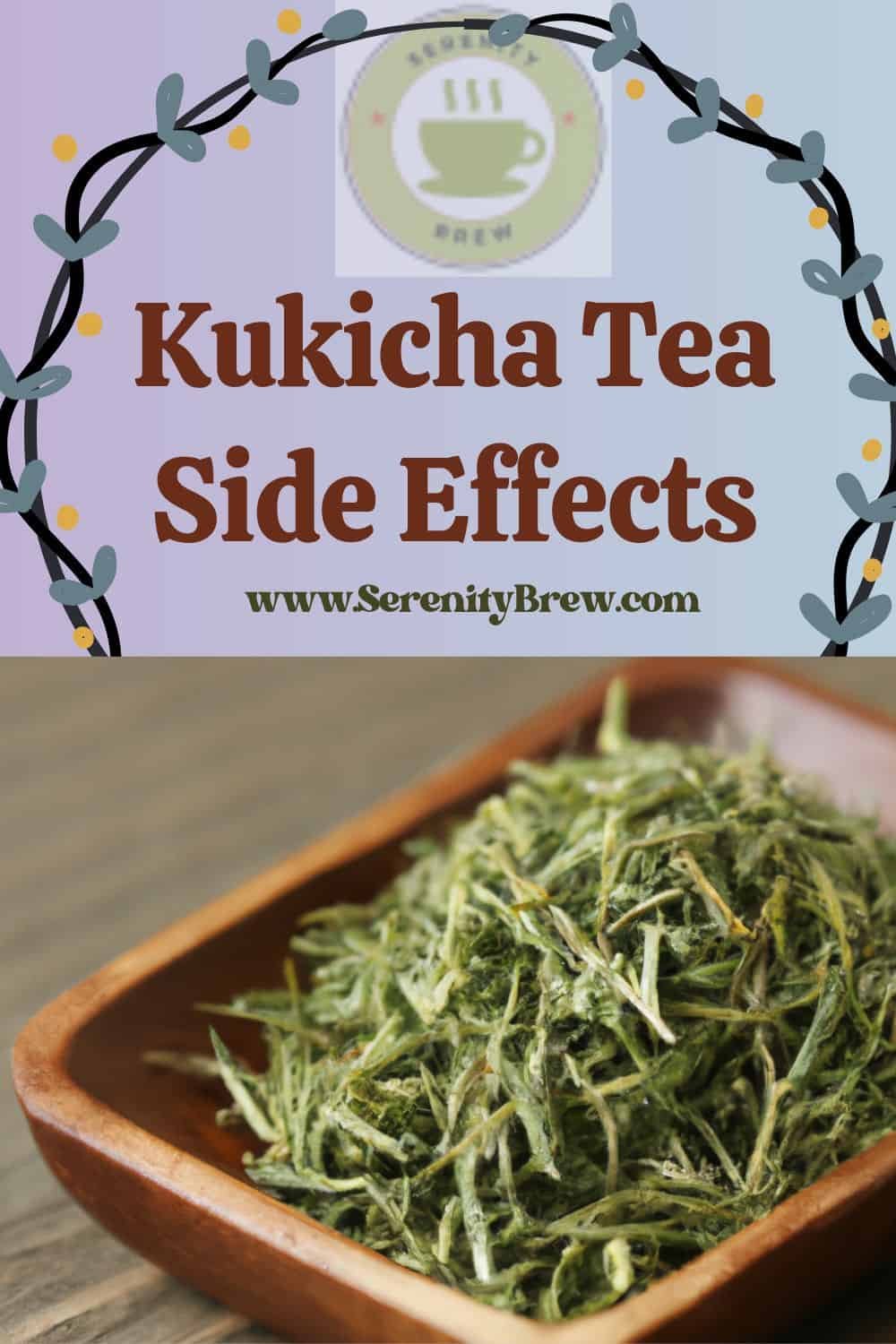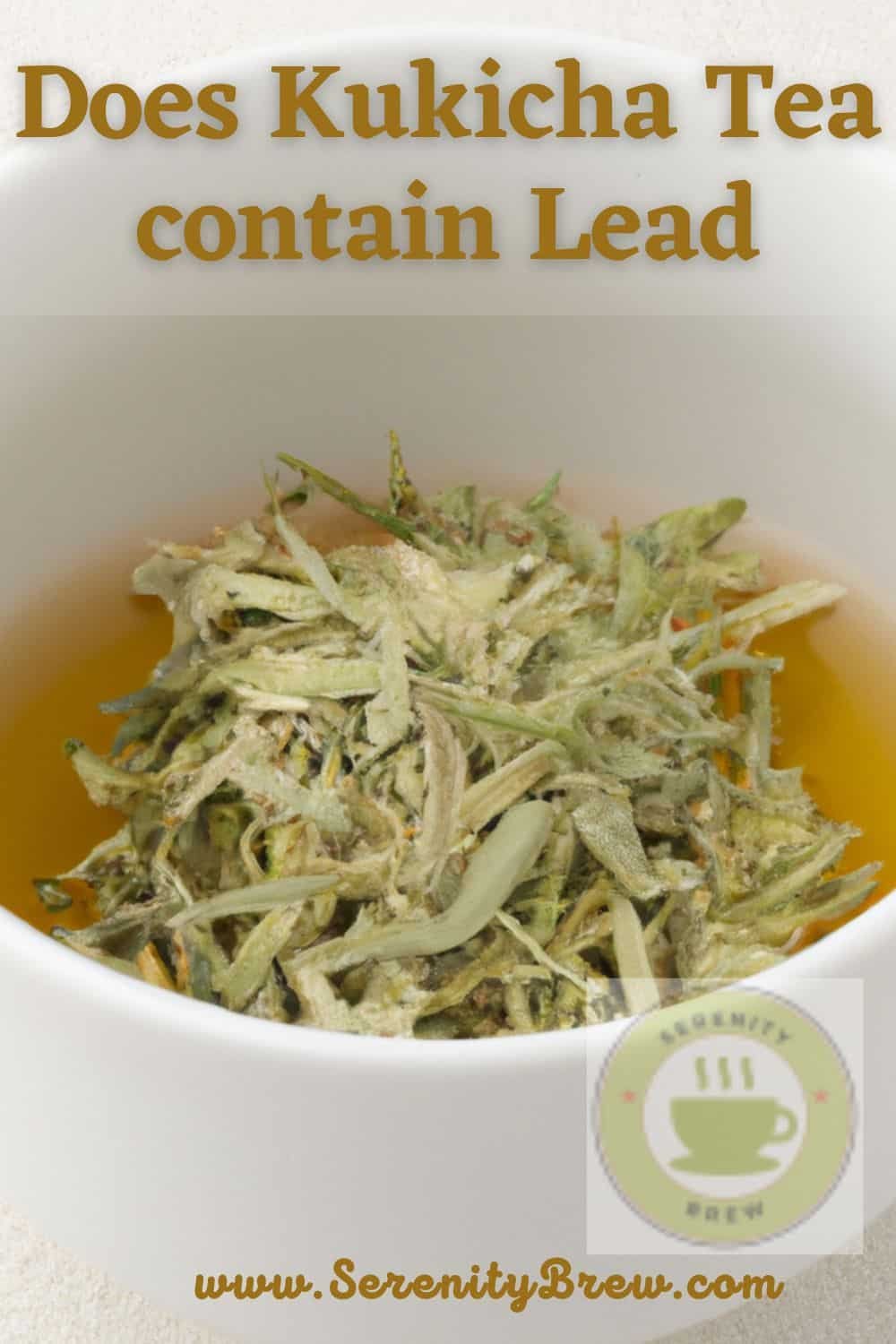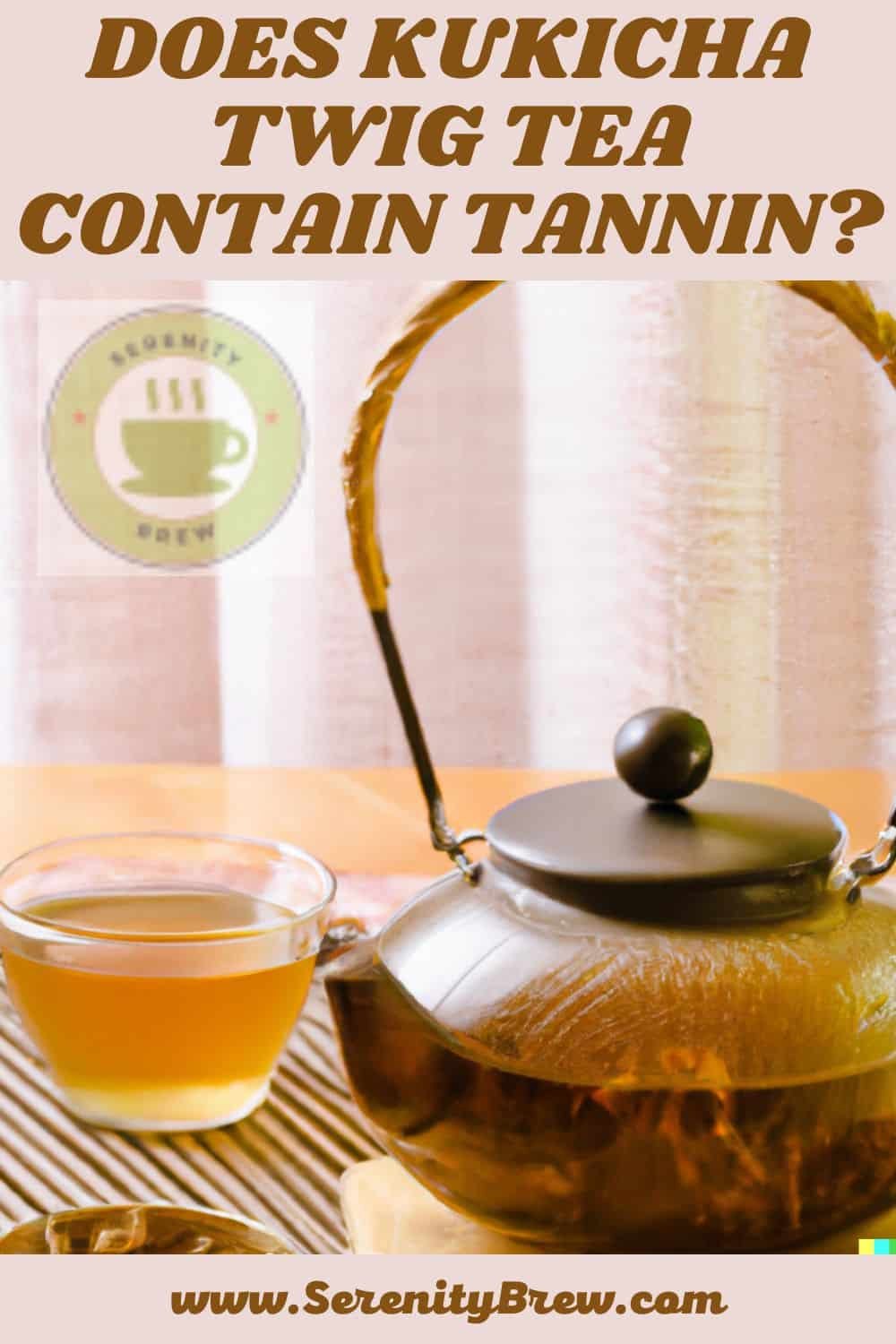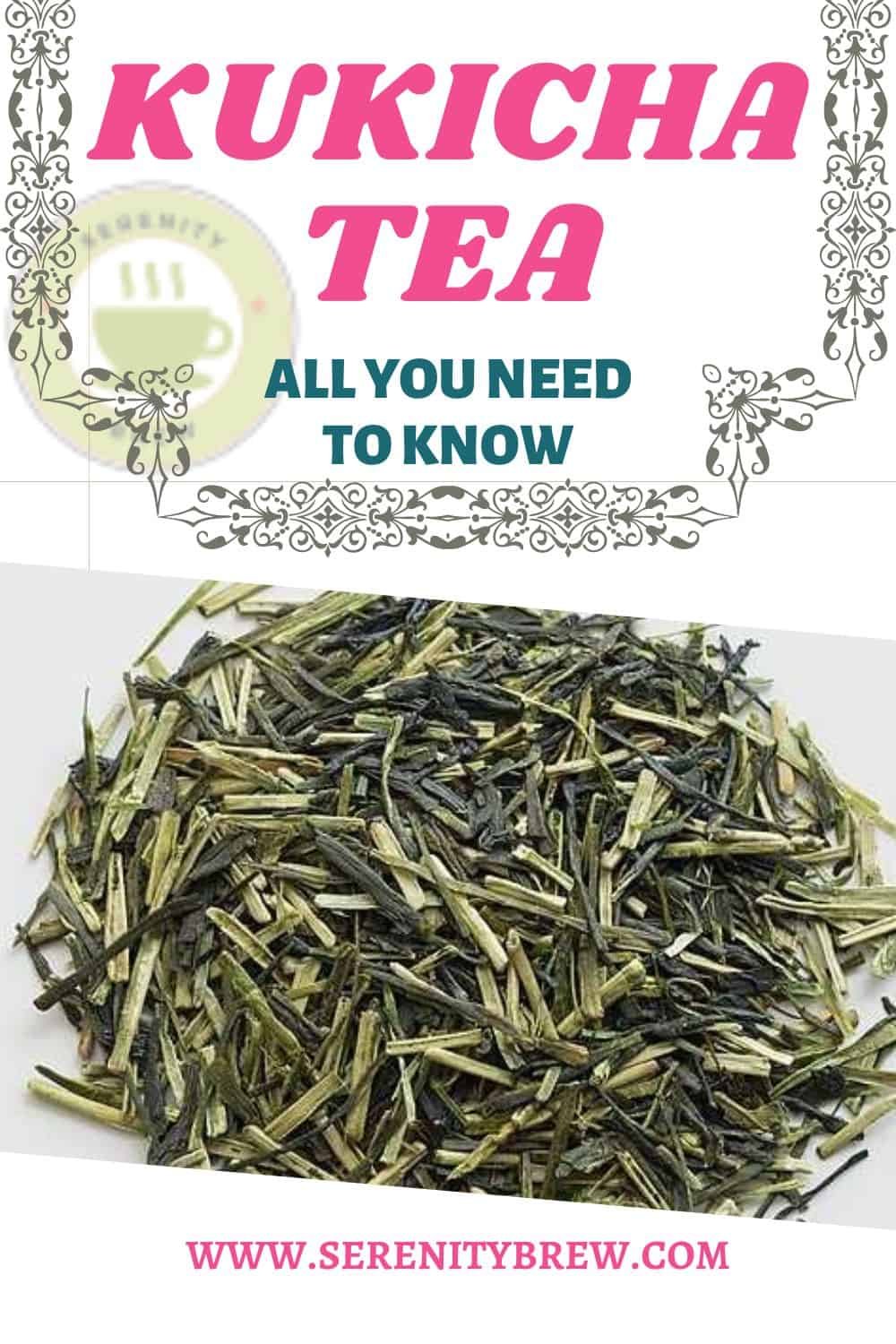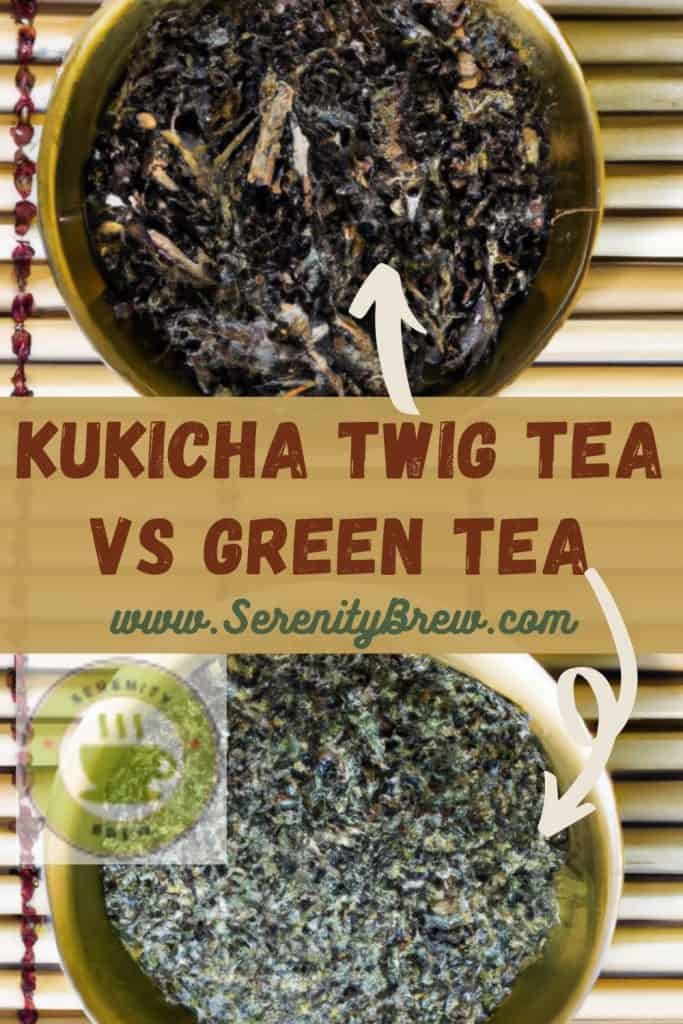
Kukicha twig tea, also known as bōcha or “twig tea,” is a unique and lesser-known type of green tea. Made from the twigs and stems of the Camellia sinensis plant, it has a distinct flavor profile and nutritional profile that sets it apart from traditional green tea. In this article, we’ll explore the differences between kukicha twig tea and green tea, as well as the potential health benefits of each.
Kukicha Twig Tea Vs Green tea: difference in production process
First, let’s take a closer look at the production process of kukicha twig tea. The twigs and stems of the Camellia sinensis plant are harvested and then steamed or pan-fired to prevent oxidation and fix the green color. After that, the twigs are dried and then sorted to remove any remaining leaves. The resulting tea has a light brown color, and a nutty and slightly vegetal flavor.
On the other hand, green tea is made from the leaves of the Camellia sinensis plant, which are harvested and then quickly steamed or pan-fired to prevent oxidation. The resulting tea has a bright green color and a fresh, vegetal flavor.
Kukicha Twig Tea Vs Green tea: difference in nutritional value
In terms of nutritional value, Kukicha twig tea is a good source of minerals such as potassium, calcium, and magnesium.
Green tea, on the other hand, is a good source of antioxidants, specifically catechins. These compounds have been shown to have numerous health benefits.
Kukicha Twig Tea Vs Green tea: caffeine content
kukicha twig tea is lower in caffeine than green tea. Caffeine is a stimulant that can cause jitteriness, anxiety, and trouble sleeping in some people, so those sensitive to caffeine may find kukicha twig tea to be a better option.
Kukicha Twig Tea Vs Green tea: difference in way they are consumed
Another key difference between kukicha twig tea and green tea is the way they are consumed. Kukicha twig tea is typically brewed and drunk in Japan and other East Asian countries, while green tea is consumed globally. They also have different preparation methods and brewing time. Kukicha twig tea is best brewed with a lower temperature water, around 60-70 degrees Celsius for about 2-3 minutes. Green tea, on the other hand, should be brewed with water at around 80-85 degrees Celsius for about 1-2 minutes.
Kukicha Twig Tea Vs Green tea: difference in flavour
In terms of taste, kukicha twig tea has a unique nutty, vegetal flavor that sets it apart from traditional green tea. It’s often described as having a “woodsy” or “earthy” taste, with a slightly sweet aftertaste. Green tea, on the other hand, has a fresh, vegetal flavor with a slightly bitter finish.
In Conclusion
Both Kukicha twig tea and green tea have their own unique flavor profile and nutritional value. While green tea is a good source of antioxidants and consumed globally, Kukicha twig tea is lower in caffeine, a good source of minerals and consumed mainly in Japan and other East Asian countries. It’s also worth noting that while traditional green tea can be enjoyed any time of day, Kukicha twig tea is often consumed in the evening as it has a calming effect. Ultimately, the choice between kukicha twig tea and green tea will depend on individual taste preferences and dietary needs.
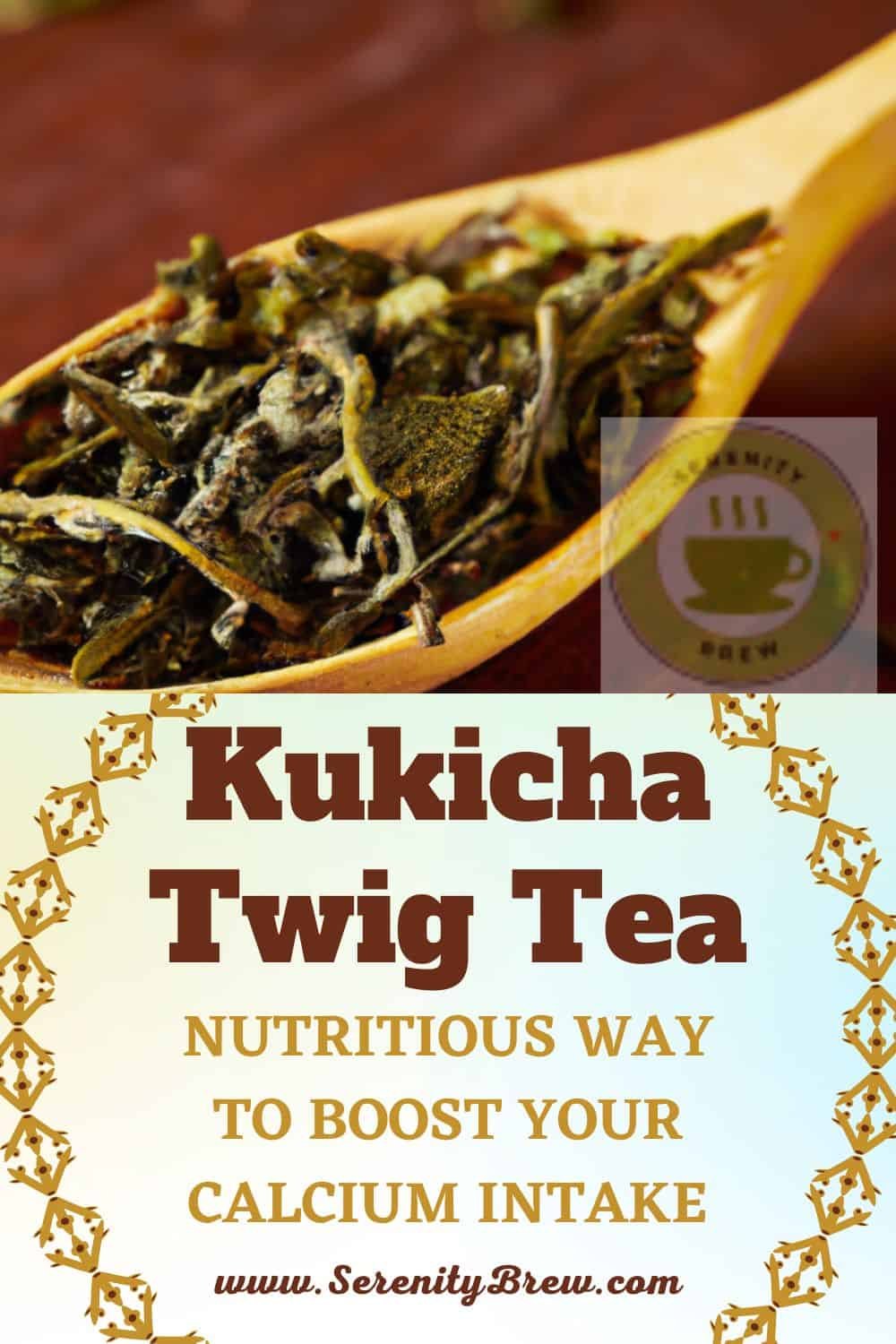 | 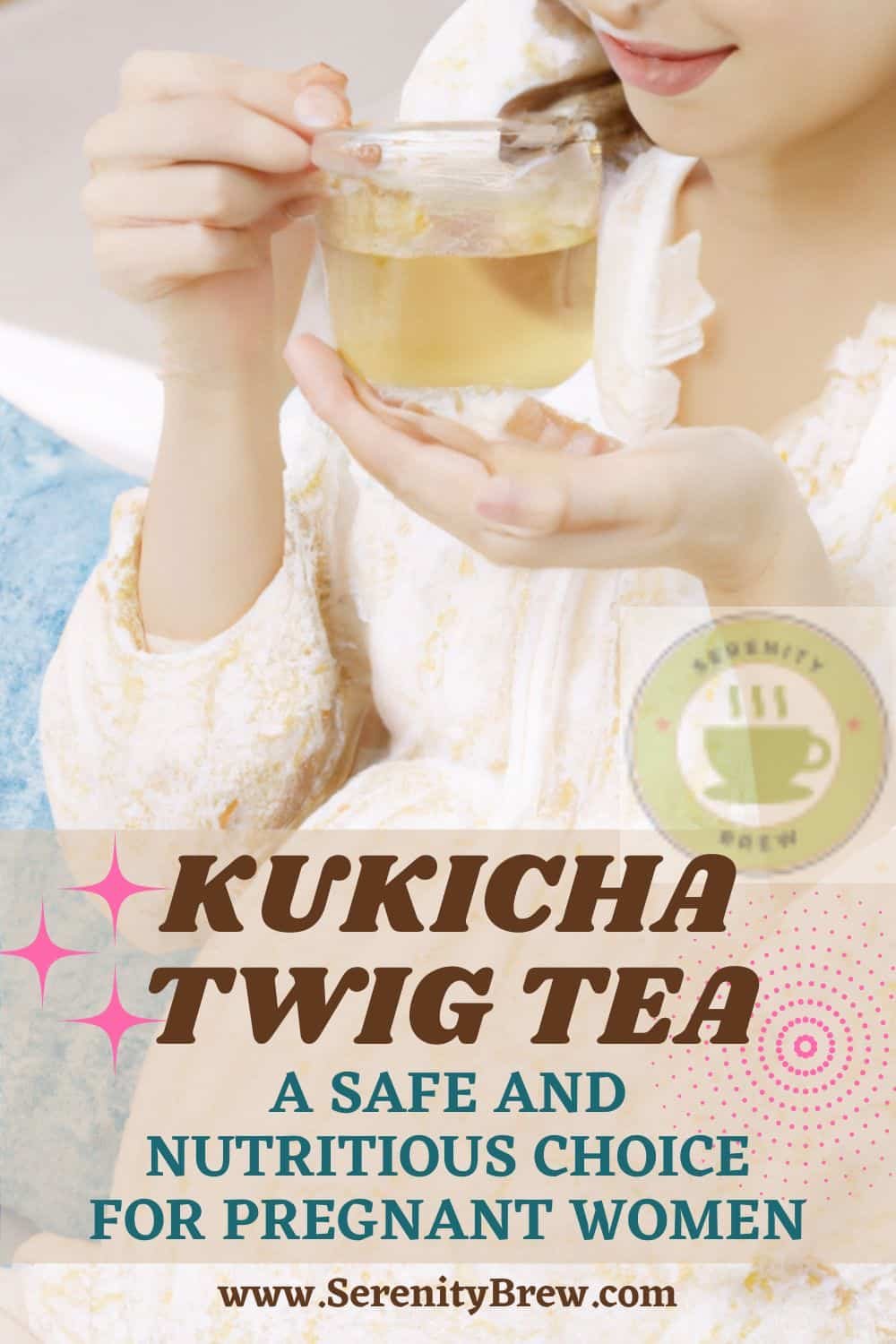 |
| Kukicha Twig Tea: nutritious way to boost your Calcium intake | Kukicha Twig Tea: A Safe and Nutritious Choice for Pregnant Women |

